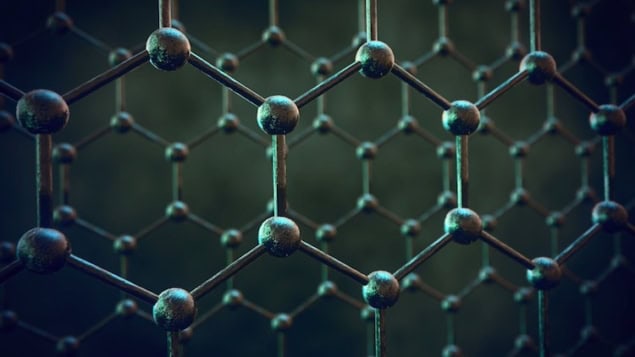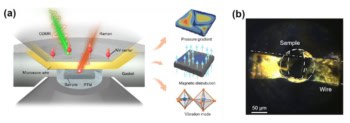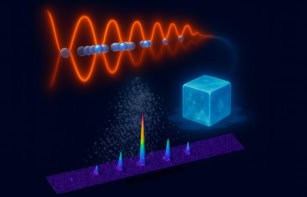
Home »
Materials » 2D materials » Domain walls in twisted graphene make 1D superconductors
Domain walls in twisted graphene make 1D superconductors
15 May 2024 Isabelle Dumé
Isabelle Dumé
is a contributing editor to Physics World



